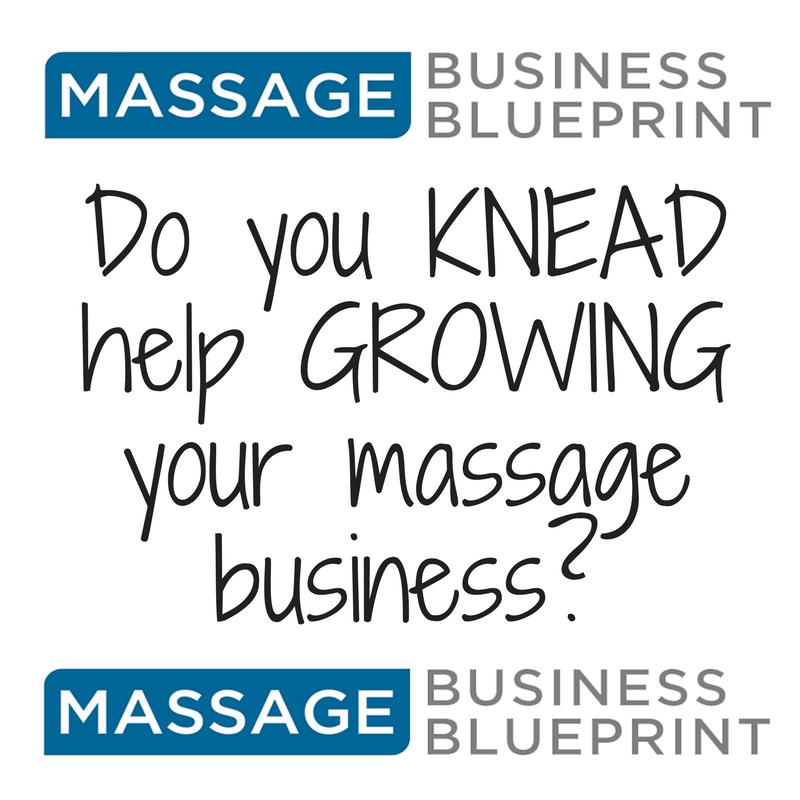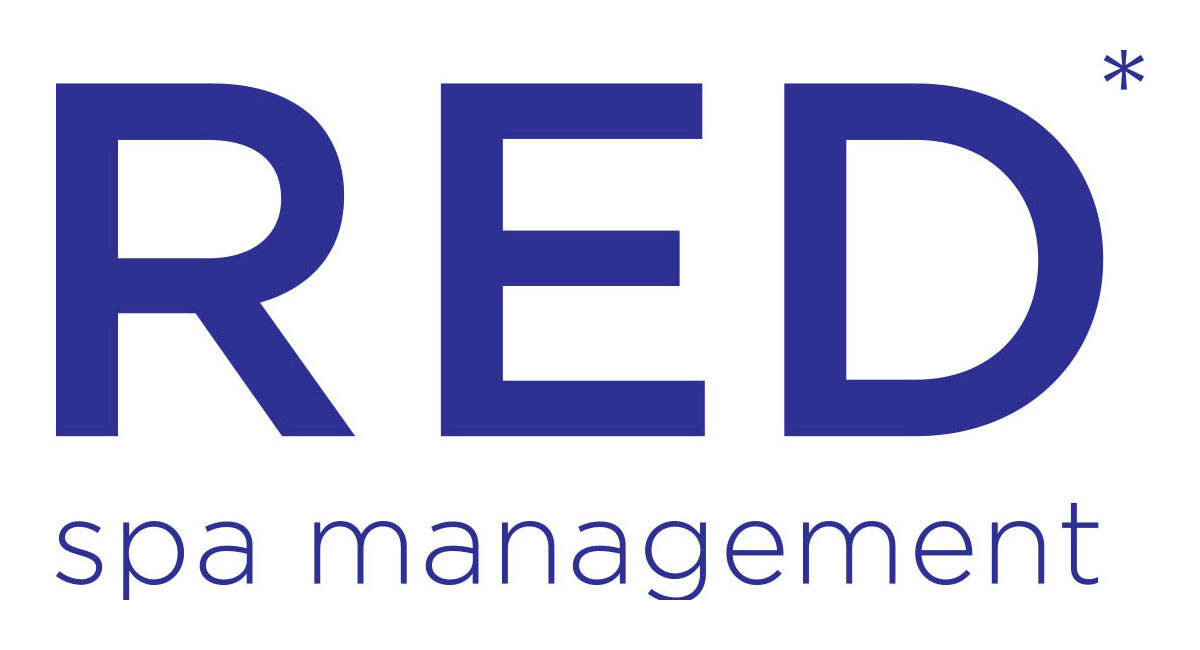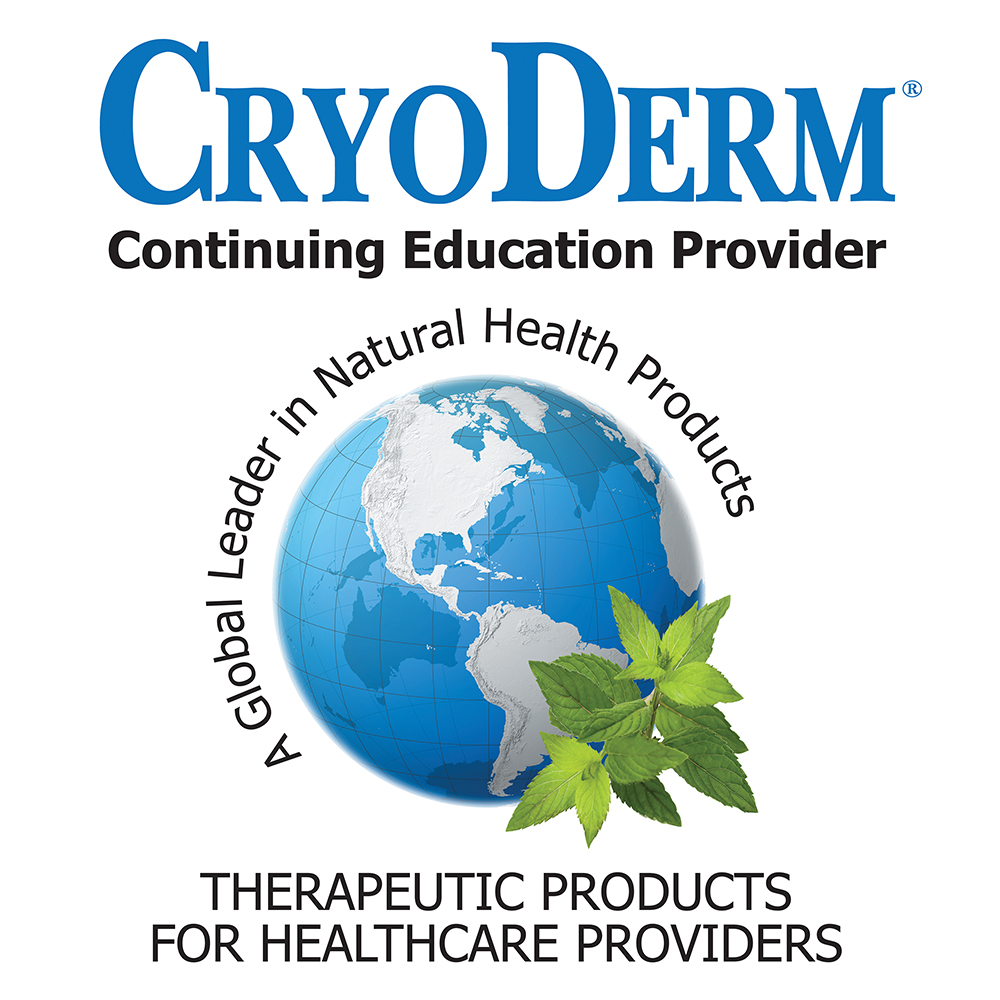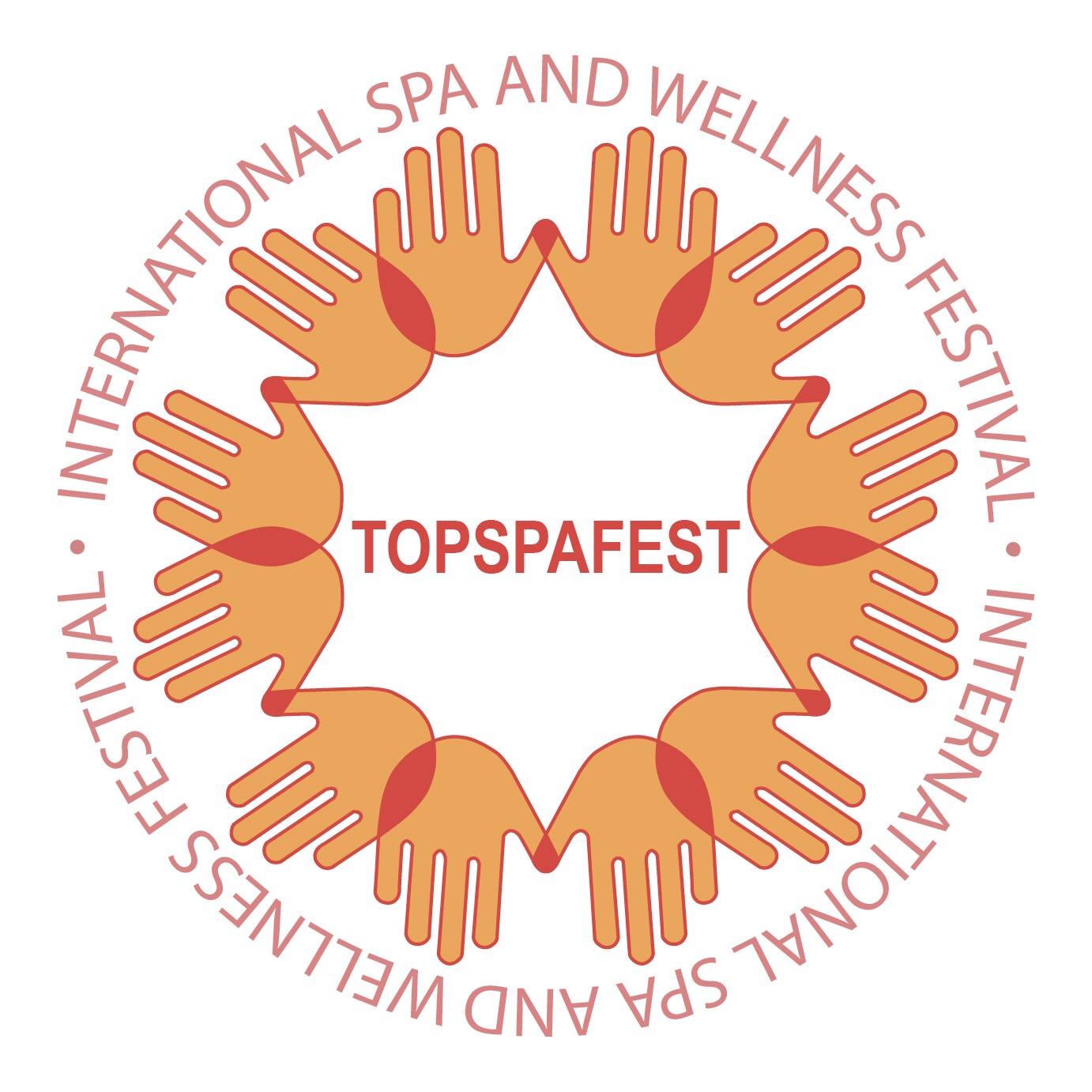
History
In the 1970’s - Infant massage was created in the United States as a parenting tool. Tiffany Fields at “Touch Research Institute” is the biggest promoter of infant massage.
Basics
• Ensure before you massage that it is a good time for both you and your baby.
• Always ensure you massage in a warm environment.
• Avoid any harsh lights.
• Short, clean fingernails are essential and remove any jewelry or rings, which may interfere.
• If you have long hair, tie it back and roll up any long sleeves.
• Try to keep one hand on the baby at all times.
• Use pure cold pressed vegetable, nut, seed or fruit oil that is pesticide free.
• The best ways to get a job as an infant massage therapist is in a Hospital or teach mothers how to massage in workshops.
• Speak softly or sing to your baby during the massage.
Massage positions
It is not recommended for the infant to be on a table when receiving a massage. The infant is usually on the floor wrapped in blankets when being massaged. You can massage the infant while you are holding him or her.
Benefits
• Teaches infants that touch is a form of expression.
• Helps tone muscles and aids growth.
• Enhances the bonding process.
• Increases infant’s body awareness.
Contraindications
Avoid massaging over wounds, surgery or cuts or recent scar tissue. Do not massage a newborn infant at bath time, as this can be over-stimulating. Try not to use anything scented because they put their hands in their mouth (Do not use Essential oils on an infant). Do not force massage on the infant. Refrain from placing any pressure on the diaphragm and be careful of the soft spot on the infant’s head. Never massage your baby while he/she is crying.
Techniques
Light, feathery massage irritates infants, as it does most adults. Use long firm strokes (Not hard). Massage the colon clockwise if your infant has Colic and painful gas.









